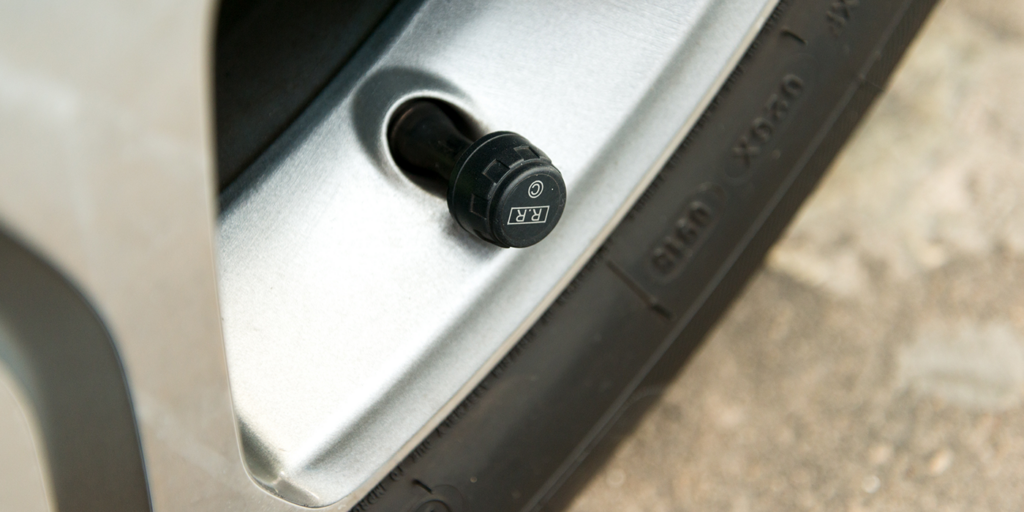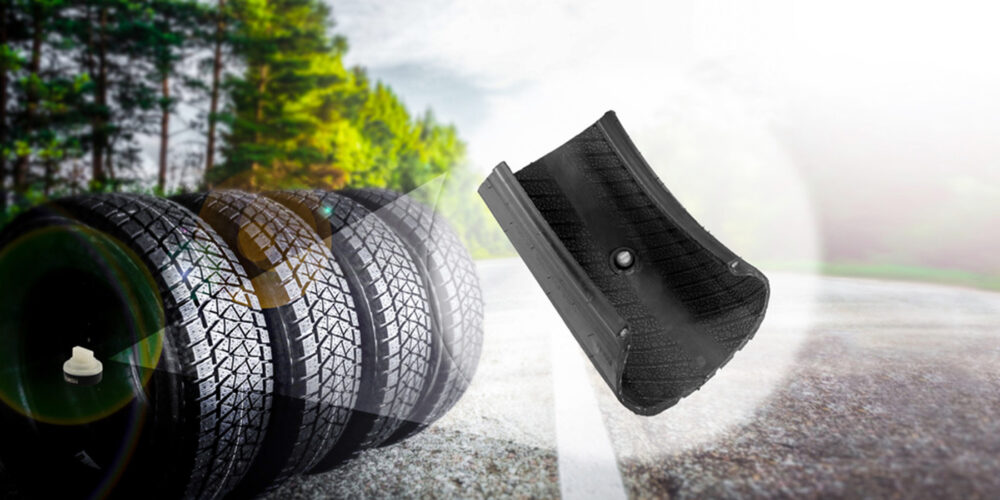Tire pressure monitoring systems, although extremely important and a mandated safety requirement on new vehicles sold in the U.S., are still considered a discretionary part by most drivers. This means that TPMS systems are considered “optional” since the vehicle will still run without them fully functioning. Quite frankly, a vehicle will get you from point A to point B without a functioning TPMS system; therefore, a customer could easily come to you with a TPMS light on, find out the issue, find out the cost to fix it and then choose to drive away with the light still on. In these cases, the cost simply outweighed the benefits, and they are taking the gamble.
By nature, as a discretionary part, selling a new TPMS sensor isn’t as easy as selling a new spark plug, a new battery, a new starter… or any other part that you absolutely need in order to operate the vehicle.
When it comes to selling TPMS repair, one of the most impactful things you can do is fully educate your customer on the benefits of maintaining a working TPMS system as it pertains to tire health. An educated customer is much more likely to see the value in keeping their TPMS system fully functioning and will be much more willing to pay the unexpected cost associated with repairing the system.
Among the many benefits of a fully functioning TPMS, like better handling and braking, is increased tire life. Longer-lasting tires lead to fewer tire replacements, which means fewer discarded and recycled rubber tires. This gives the driver both economic and environmental benefits.
According to the National Highway Traffic Safety Administration, drivers can improve their gas mileage by up to 3.3% by keeping their tires inflated to the proper pressure. The NHTSA also estimates that TPMS reduces by half (56%) the likelihood that a vehicle will have one or more severely underinflated tires.
There are also major benefits to the driver when you consider the dangers of blowouts. Blowouts are caused by low air pressure, overloading the vehicle, overheating or any combination of these. A functioning TPMS can warn drivers in advance of any signs of blowout. They can fix the issue before it becomes a problem that strands them on the side of the road. If they have kids or drive a lot with heavy loads, this will resonate with them and fit directly into their lifestyle.
When talking with customers about TPMS and tire health, it helps for your team to have a couple of go-to scenarios like the ones I stated above. That way, they can turn to these when a more reluctant customer walks into the store. Having different scenarios ready that will resonate with different types of drivers (a parent, a commuter, a truck driver, etc.) helps you to connect how a certain TPMS situation can affect their lives. Gain their trust by giving them the information accurately and in a way that they can understand and make an informed the decision. Stand behind the product and let them know why you do!
Jacki Lutz is the Global Head of Communications, Training and E-Commerce for Schrader TPMS Solutions, a global leader in TPMS. She is a TIA ATS instructor and serves on a variety of industry boards.













